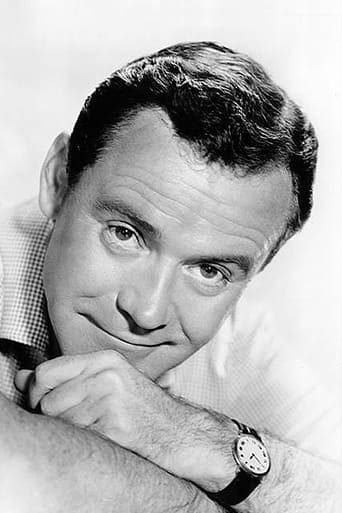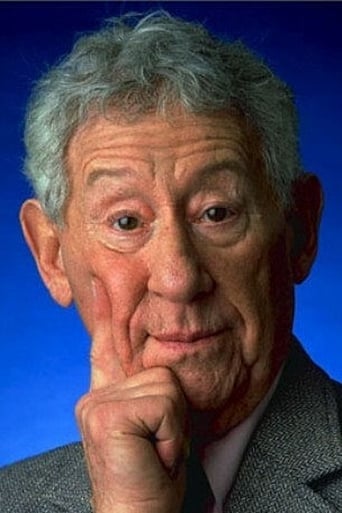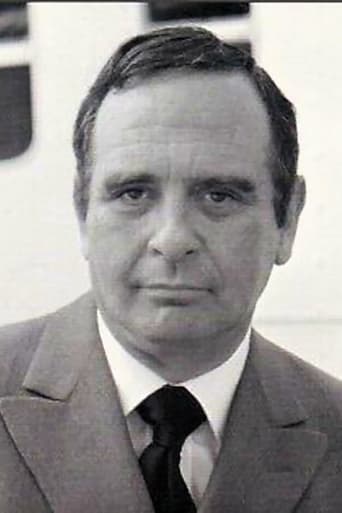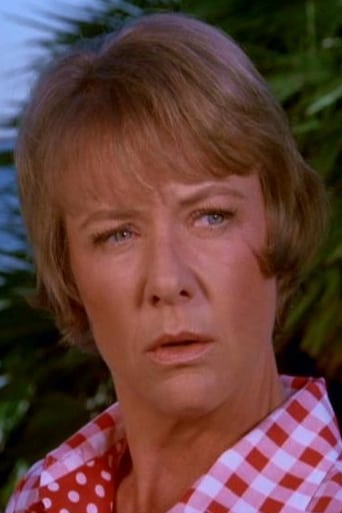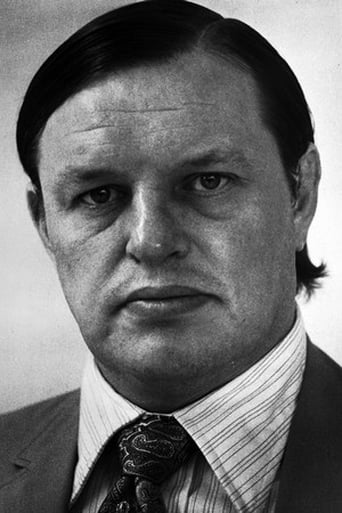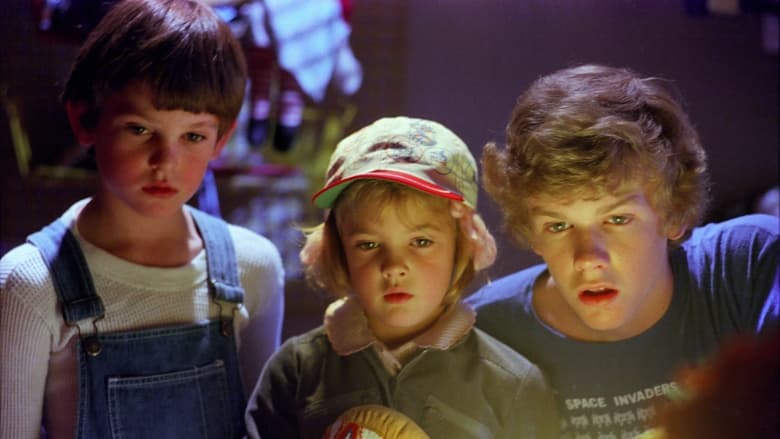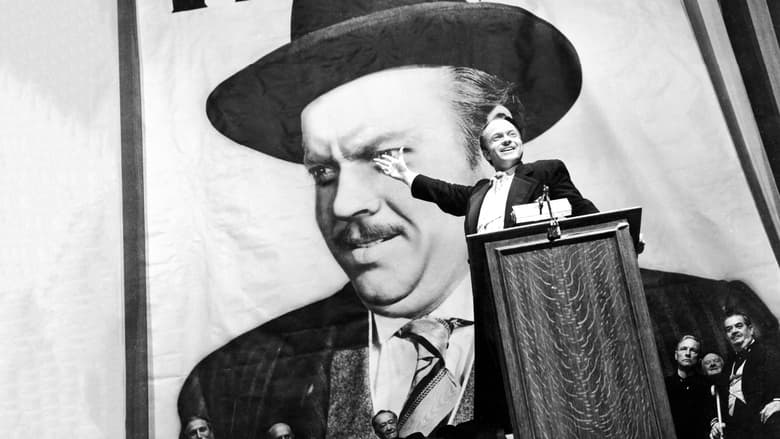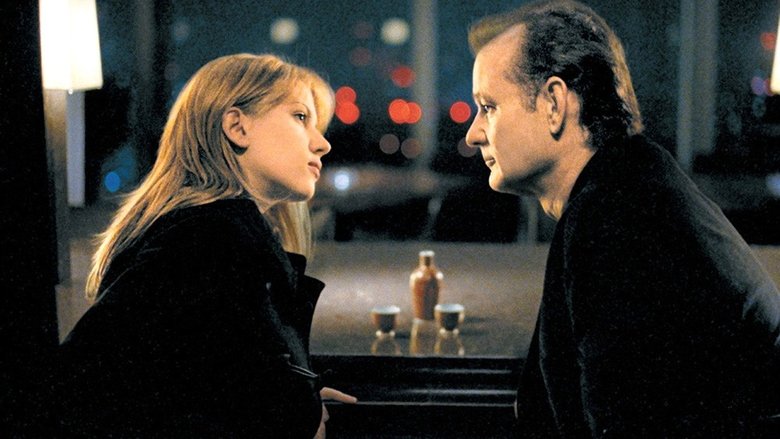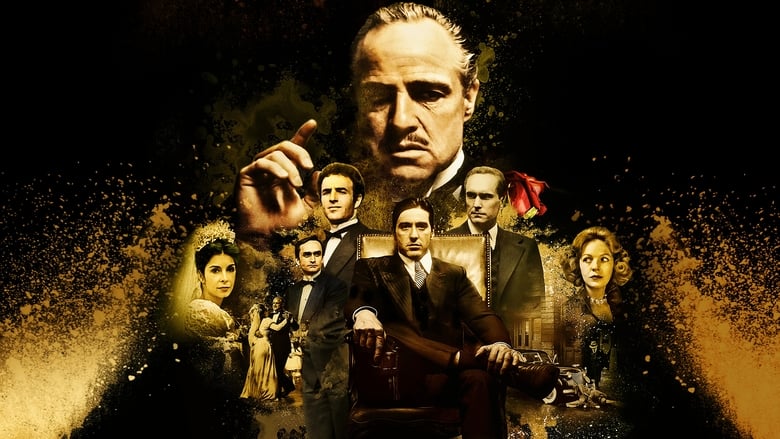A businessman's professional struggles begin to conflict with his personal life over the course of two days.


Similar titles
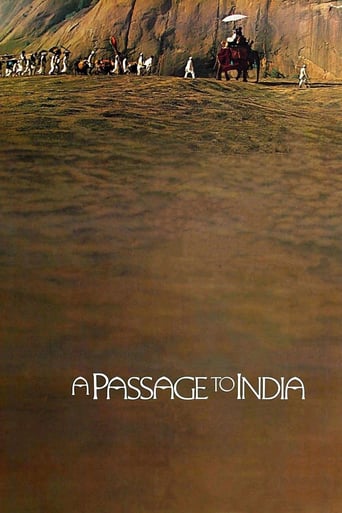

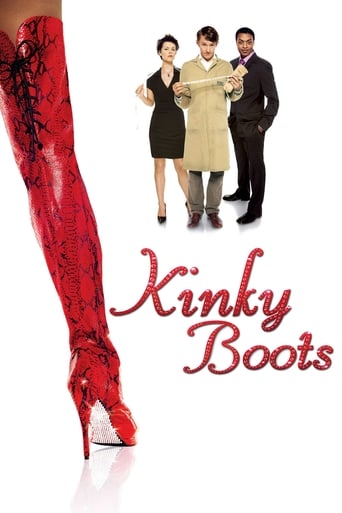
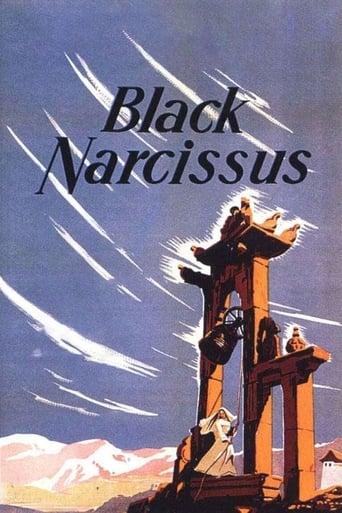
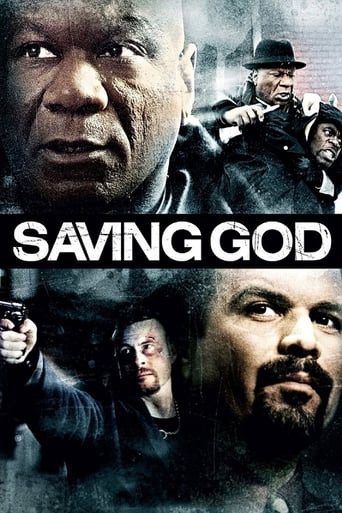

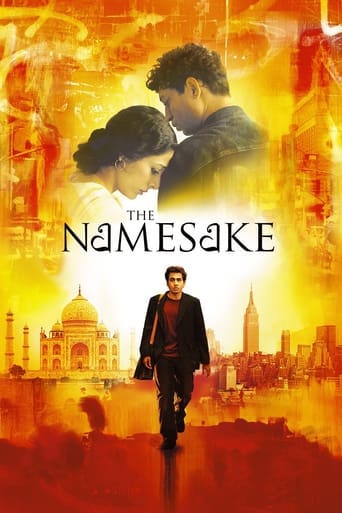

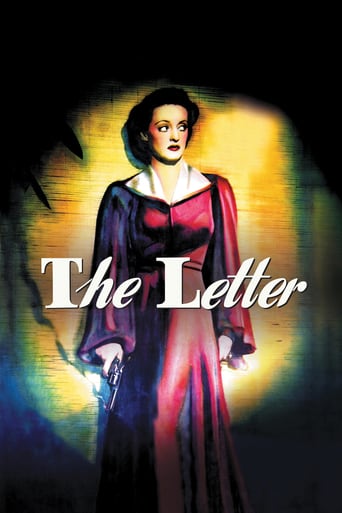
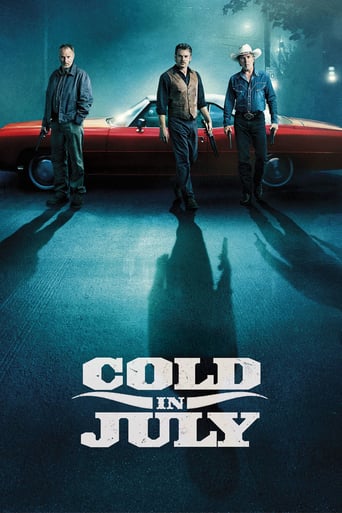
Reviews
EVERYONE has films that for some strange reason, seemingly completely out of sync with one's age and place and station in life at the time, resonate and then some, impacting that person for years to come.For me, the two that stand out in that regard are 1968's "The Swimmer" and 1973's "Save the Tiger," both dark character studies dealing with morality, amorality and the twists and turns of complex lives not always so well lived by their middle-aged characters.Why I identified with these characters at such an early age myself I have no idea, only that their serpentine screen dilemmas provided a kind of moral road map in the real world, at least for me, and did their jobs as cinematic storytellers in staying with me all these years, still."The Swimmer," taken from a short story by John Cheever, stars Burt Lancaster as Neddy, an upper-class Connecticut man whom we find lounging poolside with friends in an affluent suburb.It occurs to him that he can "swim home" by visiting pools of friends and acquaintances, a route that he sees as a kind of "river."As the man swims, we begin to understand more and more about his life, or think we do, and he evolves through conversations, confrontations and offhand comments, until he winds up ingloriously at a public pool and, finally, standing shivering in the pouring rain before the gates of his mansion in one of filmdom's most surprising endings.Many fascinating characters people the film, played by many a recognizable face, including Joan Rivers (yes, that Joan Rivers), John Garfield Jr. (son of the great noir star), Janice Rule, Marge Champion (dancer-choreographer Gower Champion's better half), Kim Hunter and Janet Landgard.The film was directed by Frank Perry (with some scenes overseen by Robert Redford's frequent collaborator, Sydney Pollack, who is uncredited), with a screenplay by Perry's wife, Eleanor."Save the Tiger" stars Jack Lemmon as Harry Stoner, a clothing manufacturer who is undergoing the loss of youthful idealism as he weighs whether or not to pay an arsonist to torch his factory so he can survive financially through the insurance settlement. His friend and business partner is played by an extraordinarily effective Jack Gilford, a rubber-faced actor with the saddest eyes you'll ever see best known to a generation as the Cracker Jack man.Like Lancaster's Neddy in "The Swimmer," Lemmon's Stoner in "Tiger" is undergoing more than an evolution, but a breakdown, not only emotionally, but spiritually as well. Each story is a type of first-person morality play as seen through the eyes of these central characters.Lemmon won the best actor Oscar for his performance (beating out, among others, Redford, for his turn in "The Sting"), and the film was voted best drama by the Writers Guild of America.Both films seem to have evaporated into the mists of time, little remembered or considered by generations that came after. But they've stayed with me, I like to think because they were both beautifully rendered and had something worthwhile to say, expressing it uniquely and well. If you're in the mood for thought-provoking character studies that will stay with you long after viewing, and for all the right reasons, I recommend giving them a look.
Jack Lemmon won an Academy Award for playing Harry Stoner in this film. He's a businessman in fashion in Los Angeles, California. His wife goes away for a funeral on the East Coast. Their daughter is in boarding school in Switzerland. The film begins with the morning of a long day in this man's life. There are plenty of brilliant moments of Jack Lemmon's acting ability where you see why he won the Oscar for this performance. The film does lack a strong script. The script is more of a character study where the audience understands a man's yearning for the past in the present in 1972. Life is not easy for this businessman who gives a lift to this young woman played by Laurie Heineman. Jack Gilford should have gotten awards for his performance as his business partner. The film is more dramatic and comedic at times. It's not for children or immature audiences.
One of the best scripts I've ever seen in a film, trusted into the hands of one of the greatest performances to ever grace the screen. Save The Tiger is a character study with powerful, universal themes and a shattering commentary on the state of the world that explodes off the screen even forty years after it was made. Steve Shagan's script uses Harry Stoner, portrayed by Jack Lemmon, as a way to dissect the world as we follow a little more than a day in his life. Stoner is a standard working man with a wife and daughter and we follow him around for a day in his life, as the weight of financial and cultural burdens pile on him more and he reflects on his youth while interacting with various people, like his co-worker Phil Greene (Jack Gilford) and a hitchhiker he picks up (Laurie Heineman). Each new conversation unfolds another layer of Shagan's social commentary and what starts off as a typical character study becomes a startling criticism of American culture.Save The Tiger is so much more than one would expect from the opening scenes; it makes the audience look in the mirror and witness the death of the American dream, the death of the well-natured man and the death of culture and, ultimately, humanity. There are many different explorations into these themes that Shagan presents, and each one is just as rich as the last. One of my favorites was in the opposing nature of two men who work for Stoner. One is an old and respectful man, who is stuck in his old natured ways but works as hard as he possibly can and is the last person there at the workplace when Harry leaves for the night. The other is a young and energetic man, but with his youth comes arrogance and a lack of respect that drives Harry mad.All of the commentary culminates beautifully in the metaphor of Harry as an endangered tiger; a creature who is on it's last legs and is forced to be captured, locked away and look out on the world he's going to be leaving behind. The final image is, strangely, one of hope, while Harry watches a group of young children play a game of baseball, America's pastime. However it's also one of the heartbreak, as Harry tries to get involved and is told that he's not allowed to play with them. His time is gone, his species is a dying breed.Of course all of the absolute genius in the script wouldn't be worth anything if it weren't for the actor playing Stoner and Jack Lemmon delivers what is truly one of the best performances I've ever seen. He absorbs into this role so fully and captures every ounce of the desolation and loss of humanity that Shagan has built his script around. Lemmon wears his skin like a glove, we fully believe how long he's been living this miserable life (a quality that is even more pointed when he shares the screen with Gilford, who have no trouble getting you to believe they have a long history together) and it looks like every breath he takes hurts him even more. Shagan gives Lemmon magnificent material to work with and what he does with it is...beyond compare.The scene where he melts down on stage was like a sledgehammer to my soul, and when contrasted with the bittersweet quality of the final moments, it's a remarkable range of emotions that Lemmon is able to take us through. Then there's the scene with him at the beach, which brought a wrenching pain to me that is impossible to even capture in words. There's a tear in his eye in almost every scene, but he never lets it fall down his cheek, a perfect representation of this character's refusal to fully give up despite how much the walls are closing in on him. He's a good man in a cruel world and he's gotten to a point where he has to do some rough things to keep surviving, but he won't go down without a fight.
"Save the Tiger" is mostly remembered as the great Jack Lemmon performance. Indeed it was a great Lemmon performance but it is an awful shame that that's the prevalent memory. The film combines a real-world plot with colorful yet believable characters. I saw it in a theater the year it was released and have viewed it many times since. Each time I see something new in it. It was released four years after I left a job that brought me into contact with a number of real-life Harry Stoners struggling to get by in their small, closely-held businesses. There are so many great scenes and lines. One of my favorites is Harry Stoner's after-hours talk with his elderly veteran cutter and Harry's reply when the cutter asks what Harry really wants. The emotion and symbolism in this film surpass any I've seen in other flicks. That it did not rate in the top 400 films of all time clearly indicates the ratings committee never viewed or understood it. Or maybe they snobbishly dismissed it for Lemmon's no-name supporting cast.


